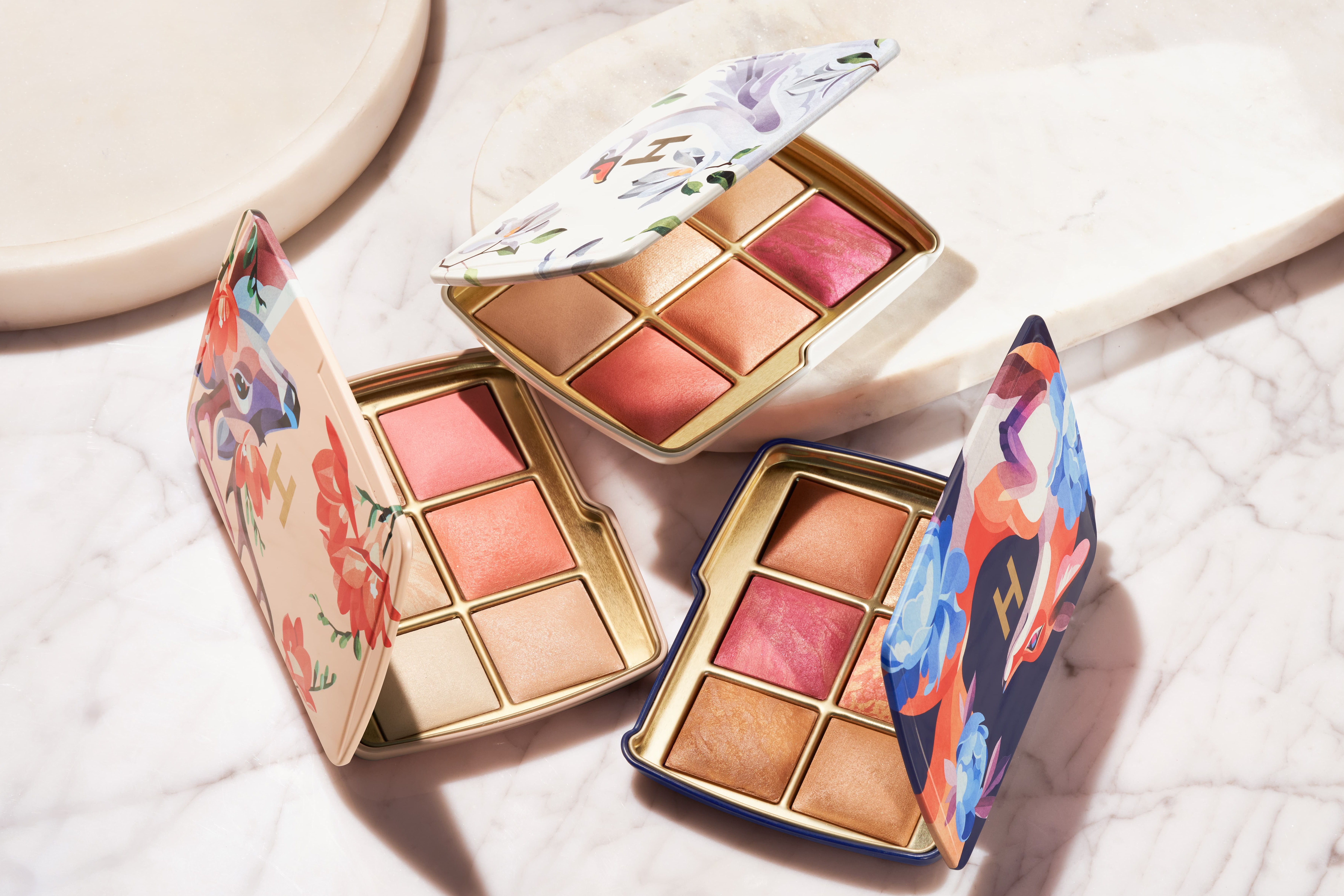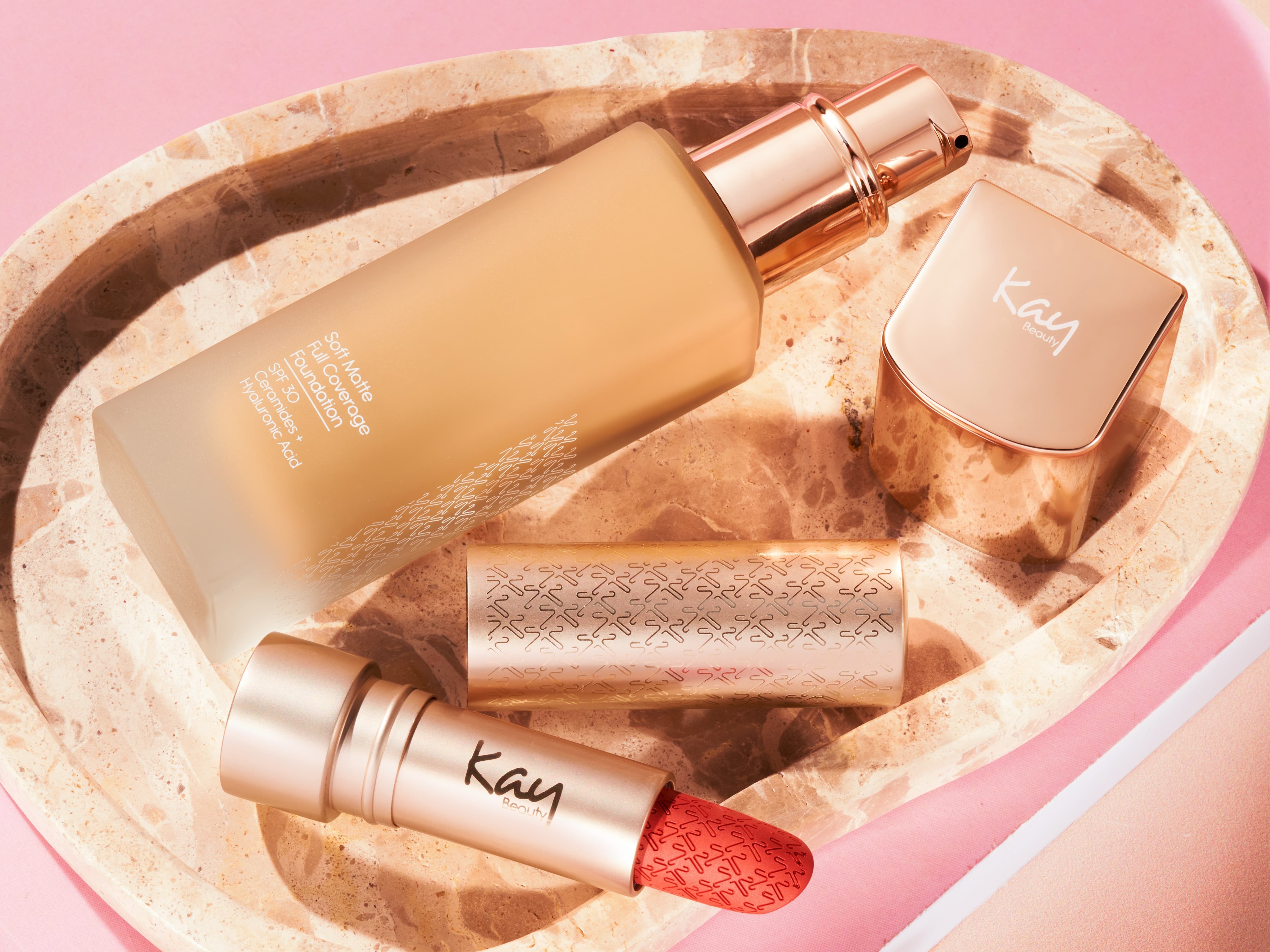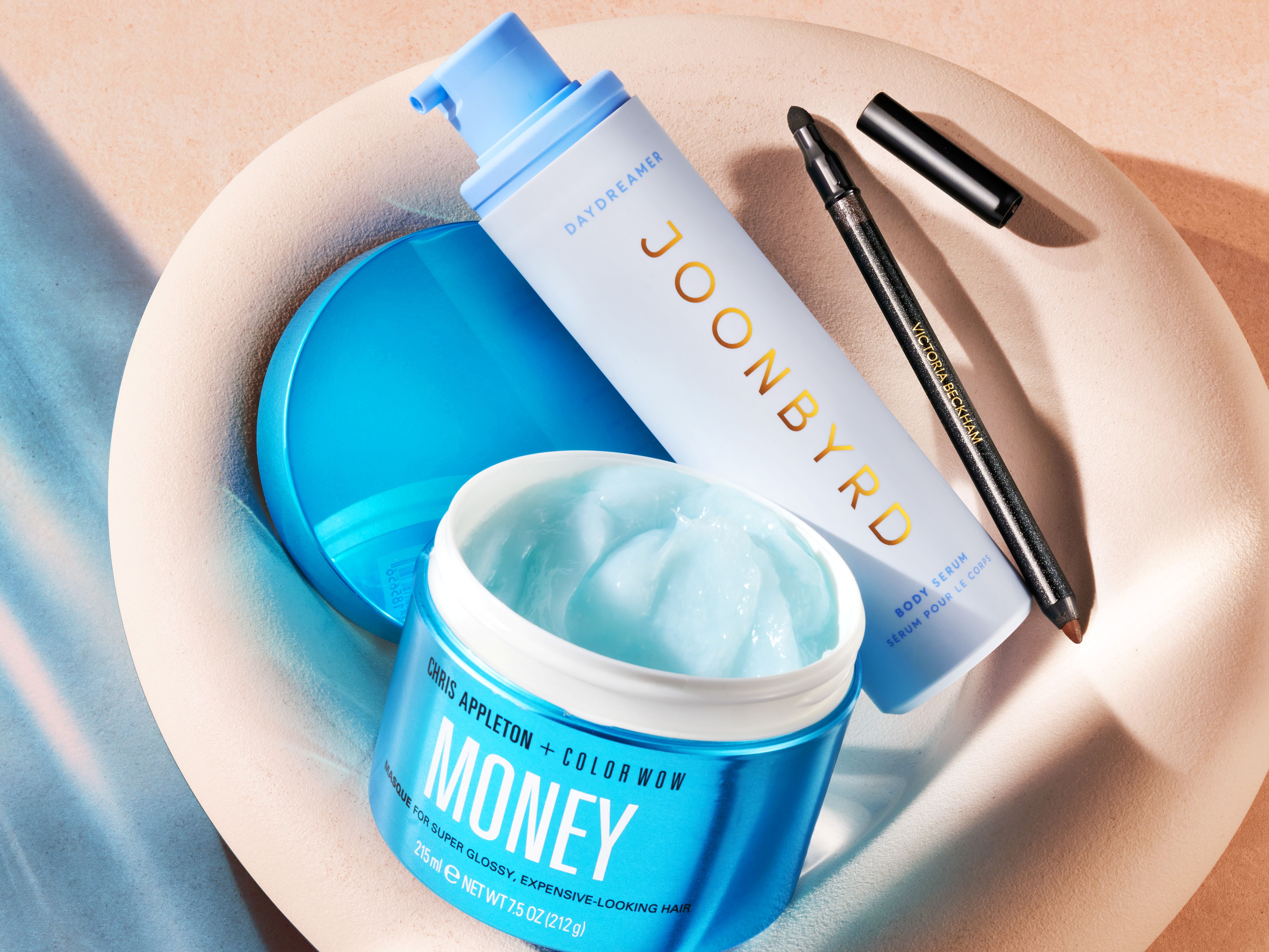How To Reduce Acne Scarring

What Causes Acne Scarring?
The dark, reddish-brown marks that appear after blemishes have healed occur because the melanocyte (the cell that produces melanin) has been damaged, which causes increased pigmentation in the area. “We don’t realise how close to the surface of our skin melanocytes are, and therefore how easy it is to damage them,” explains Niamh Butler, Space NK Training Manager. Dark patches that occur from the mild trauma of a blemish will fade over time, however if the blemish is picked at or squeezed, you are more likely to experience dark marks when skin is exposed to sunlight – therefore it’s important not to pick or squeeze spots but instead tackle them with a targeted blemish treatment, recommends Niamh.
You may also notice increased pigmentation as your skin starts to age, this is because your cell renewal process starts to slow down, and it takes longer for pigmentation to fade or disappear completely. If a blemish leaves redness behind, this is due to inflammation, and in these cases the area needs to be treated with a soothing and calming skincare solution. Thanks to its high concentration of essential fatty acids, which promote tissue healing and growth, rosehip oil is particularly good at helping to repair damaged skin, so look for skincare including rosehip to help soothe inflammation.
Ingredients to Look Out For
When it comes to skincare, there are certain ingredients you can incorporate into your skincare routine to help reduce the appearance of hormonal pigmentation. Retinol, a form of vitamin A, encourages skin cells to turnover more quickly, which over time reduces the build-up of clogged pores that sit on the surface of the skin and result in blemishes and blackheads.
Retinol also promotes the production of collagen, plumping up skin and helping to level out any pits, bumps or crevices caused by blemishes, resulting in a more even skin tone. However, if your skin tends to be sensitive you might prefer to use a more gentle exfoliant, such as salicylic acid.
Salicylic acid is a beta hydroxy acid that works to exfoliate the surface layer of the skin, it’s particularly effective when it comes to reducing acne scarring as it minimises the appearance of hyperpigmentation and helps to speed up your skin’s healing process. Perfect for oily skin, it also helps to dissolve sebum and excess oil, factors which can lead to blemishes.
Glycolic acid is an alpha hydroxy acid made up of very small molecules that are able to penetrate deep into the skin and un-glue dead skin cells revealing a fresh and radiant complexion that is less oily or dry and has more refined, all-over texture. Glycolic acid typically works well in peels, which work on a deep surface level, to target acne-prone and uneven skin tones.
Vitamin C or ascorbic acid is an antioxidant that helps to brighten skin and lighten the pigmentation around scars. It is also an essential co-factor in the production of collagen, which helps to plump up skin and fill out any dips or ruts in the complexion caused by acne scaring. A great way to incorporate vitamin C into your skincare regime is via a serum, which is a highly concentrated formula containing a stabilised form of the brightening hero, so it remains effective even when it comes into contact with oxygen.
Gentle bursts of red and blue LED light therapy used to target skin for just a few minutes at a time has also been proven to help stimulate natural cell production, helping to even skin tone and texture while diminishing discolouration left over from blemishes. While you can seek professional laser therapy, we recommend trying an at-home device first.






